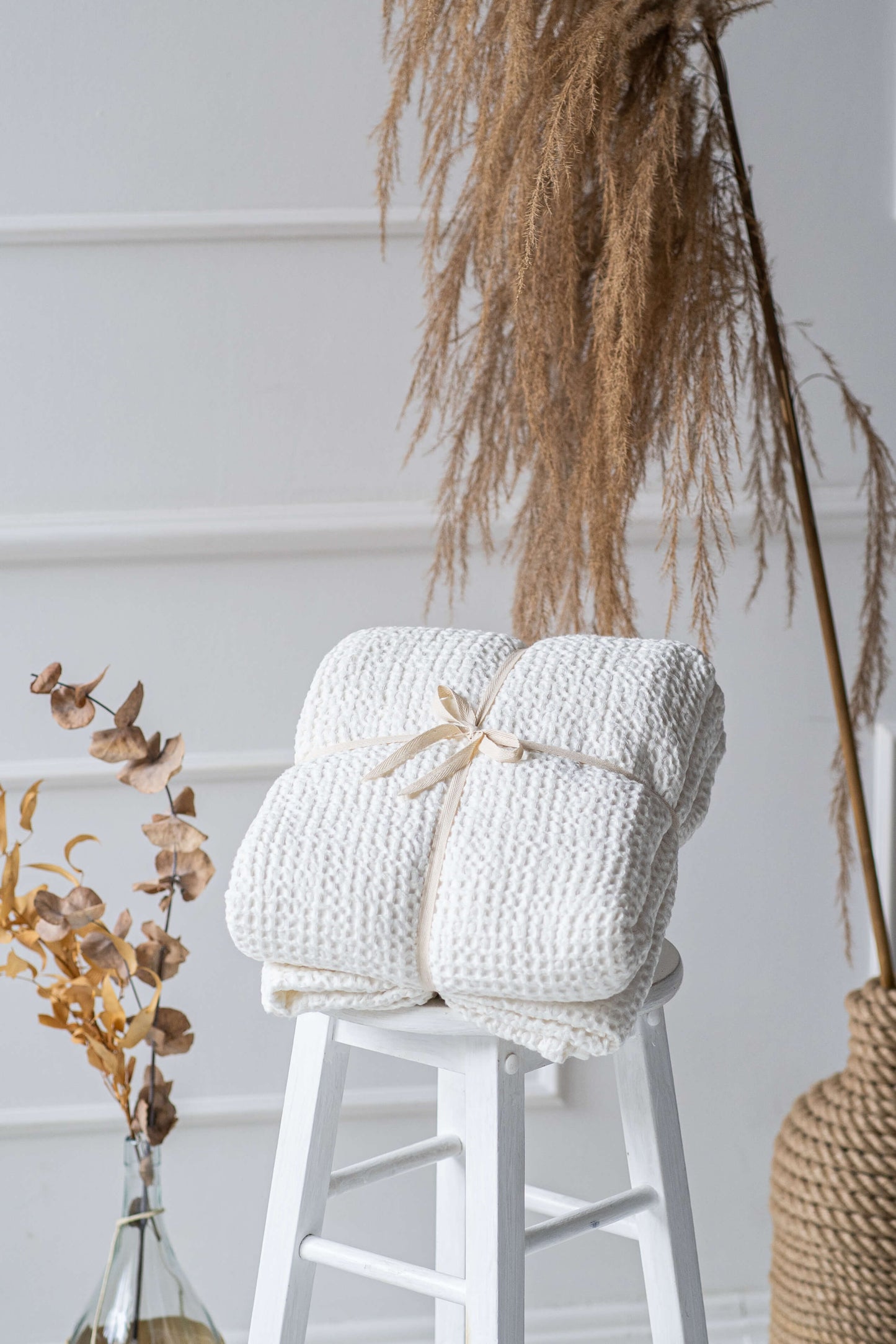
It highlights the breathability, comfort, and sustainability. It is a guide to identifying pure linen and offers a comparison between linen and cotton. Natural fabrics are made from plant fibers.
Why natural fabrics?
Natural fabrics are made from plant fibers, and they are more breathable and comfortable than synthetic fabrics. They are hypoallergenic and less likely to cause skin irritation or allergies, making them an excellent choice for people with sensitive skin.
Natural fabrics such as cotton, linen, and wool are more environmentally sustainable compared to synthetic fabrics, which are made from petroleum-based materials.
They also biodegrade faster, reducing the amount of waste that ends up in landfills.
Natural fabrics are versatile and can be used to create a variety of different garments and home textiles, from dresses and shirts to bedding and curtains.
They often have a timeless, classic look that can withstand changing fashion trends, making them a great investment for your wardrobe or home décor.
 .
.Synthetic Textiles.
Synthetic textiles are made from man-made materials such as polyester, nylon, and acrylic, which are derived from petroleum or coal.
They are often less breathable and less comfortable than natural fabrics, but can have unique properties such as moisture-wicking, stretch, and durability.
They can also be less environmentally friendly, as they require more energy to produce and do not biodegrade as easily as natural fabrics, contributing to the problem of micro plastic pollution in the oceans.
.
Pure linen from fake fabrics
Pure linen is a high-quality material that requires a labor-intensive manufacturing process. The label should indicate that the fabric is 100% linen or a linen blend, with the exact percentage of each fiber listed.
Pure linen has a distinctive texture that is often rough to the touch and has a slightly irregular weave.
Linen fibers are irregular in shape, which creates slubs, or small lumps or knots, in the fabric. Linen is a naturally matte fabric and does not have a shiny or lustrous finish.
Perform the wrinkle test. Linen wrinkles easily and will retain creases, while synthetic blends tend to be more wrinkle-resistant.
Consider the weight of the fabric. Pure linen tends to be lightweight and airy, while synthetic blends may be heavier and lack the same level of breathability.
.
Benefits of Linen?
Linen is a natural fiber that is highly breathable, making it a popular choice for summer clothing and bedding. It is also hypoallergenic and has antibacterial properties, which makes it a great choice for people with sensitive skin or allergies.
Linen is known for its durability and strength, and it can last for years with proper care. It is also a sustainable and eco-friendly material, as it is made from flax, a crop that requires fewer resources and produces less waste compared to other crops used in textile production.
.
Linen or cotton?
Linen and cotton are both natural fibers that are widely used in the textile industry. While cotton is softer and smoother to the touch, linen is more textured and has a slightly rougher feel.
.
Linen is more breathable and absorbent than cotton, making it a better choice for summer clothing and bedding. Linen tends to be more expensive than cotton due to the labor-intensive manufacturing process required to produce it.
.

.
To get the best sustainable natural linen products. Easy Linen Crafts for all your needs from linen bedding to linen shower curtains.

